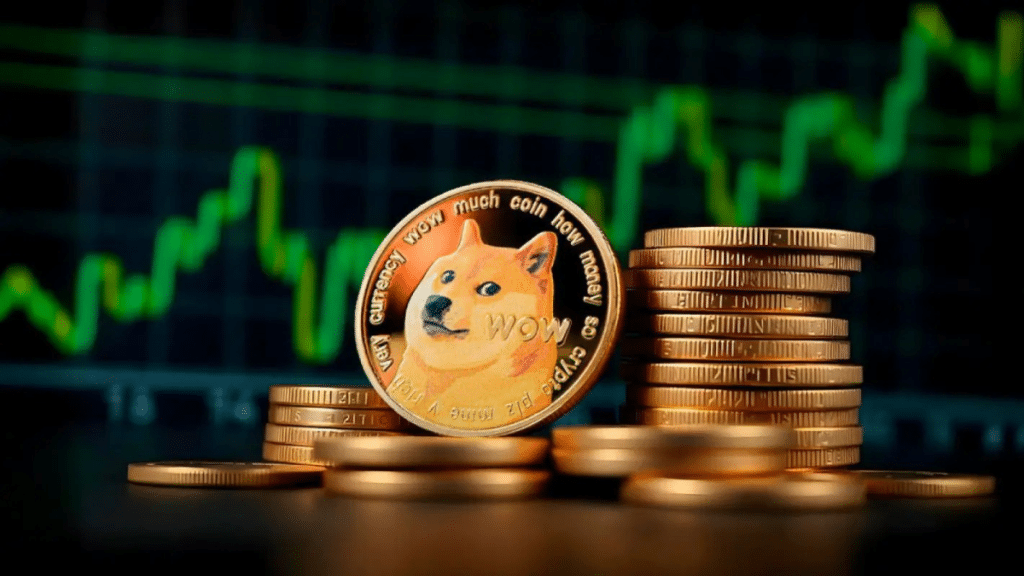Volatility plays a vital role in how traders interact with digital currencies. Each price movement carries a potential signal, indicating how supply and demand shift in real-time. Dogecoin, in particular, tends to experience sharp fluctuations that reflect both trading behaviour and broader sentiment patterns.
When examining the dogecoin price aud, many factors contribute to its changing nature. These include volume shifts, emotional influence, and technical signals that suggest instability or steadiness. Traders often look beyond surface trends to assess where and why price changes may occur.
Volume and Order Book Activity
Transaction volume provides an indication of the number of participants actively exchanging a cryptocurrency at a given time. If a digital asset shows consistent trade volume across platforms, it suggests a balanced level of interest from both buyers and sellers. Volumes that rapidly increase or decrease may signal a temporary shift in market behaviour.
Order book data adds another layer of insight by showing where buy and sell orders are positioned. A concentrated cluster of orders at certain price points can create zones where movement slows or accelerates. Thin order books, on the other hand, can lead to sudden swings when large trades enter the market.
Emotional Influence and Market Sentiment
Price changes often reflect the prevailing sentiment in the trading community. Dogecoin has shown an ability to respond to user enthusiasm, speculative discussion, and collective emotion, sometimes more so than direct financial events. Reactions often come quickly and without prior warning, making sentiment a contributing factor in sudden volatility.
Momentum shifts based on emotional tone can reflect in chat groups, media posts, or overall engagement with the asset. Traders who observe tone shifts in public conversation may gain early signals of upcoming price changes. Identifying emotional triggers can serve as a signal of coming volatility periods.
Indicators That Highlight Volatility Trends
Many traders use technical charts to identify patterns that may repeat across different timeframes. These tools are used to observe how strongly the price moves away from average values. Common tools used include moving averages, bands that widen with greater fluctuation, and indicators that register overbought or oversold conditions.
Some unique indicators include:
- Bollinger Bands: Wider bands suggest higher volatility, while tighter bands imply lower movement.
- Relative Strength Index (RSI): Indicates pressure points where buyers or sellers have a dominant presence
- Average True Range (ATR): Measures how much the asset typically shifts over a set number of sessions
Shifts Aligned with Broader Digital Asset Trends
Price behaviour is sometimes connected with general patterns found in other digital assets. When changes happen across multiple coins, it may suggest a larger adjustment in trader attitude or liquidity availability. Aligning Dogecoin’s movement with broader trends can help determine whether an isolated move is part of a larger trend.
Many traders choose to observe how coins shift together during notable timeframes. Comparing rates of change helps determine if Dogecoin’s movement reflects a collective asset pattern or follows a different rhythm entirely. Wider patterns often offer context, especially when direct reasons for shifts are limited.
Following Reliable Updates Can Support Market Awareness
Staying informed plays a practical role in evaluating how digital assets behave over time. Access to region-specific updates helps traders recognise developments that may affect local trading conditions, including pricing in Australian dollars. News that reflects shifts in sentiment, volume changes, or asset-specific trends can offer valuable context before making any trading decision.
Evaluating the dogecoin price in aud involves understanding the patterns behind its volatility. Instead of relying on a single method, traders use a combination of activity levels, emotional sentiment, and chart indicators to assess price movements. This blended approach helps reveal how shifts occur under different market conditions.

